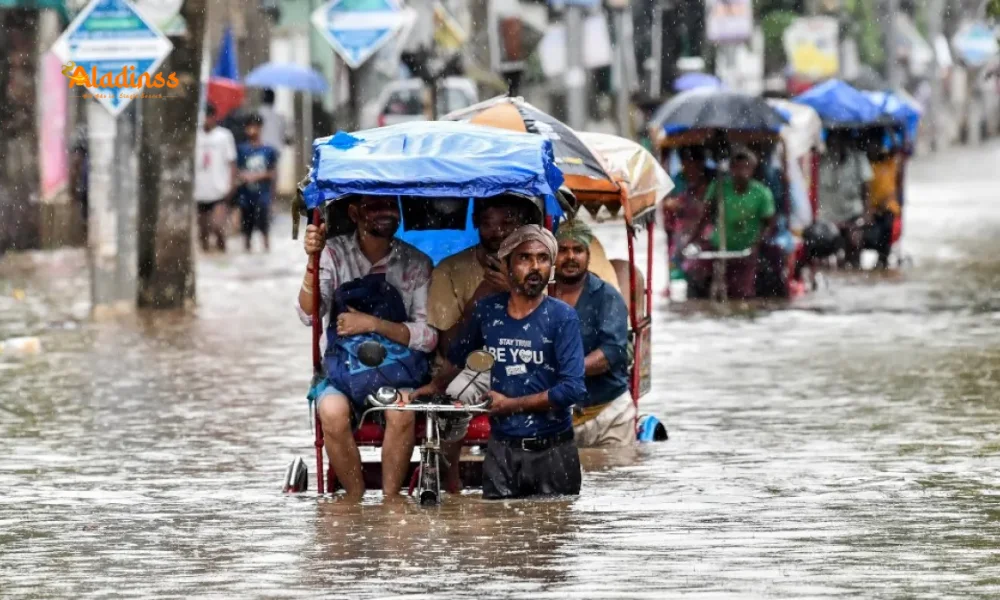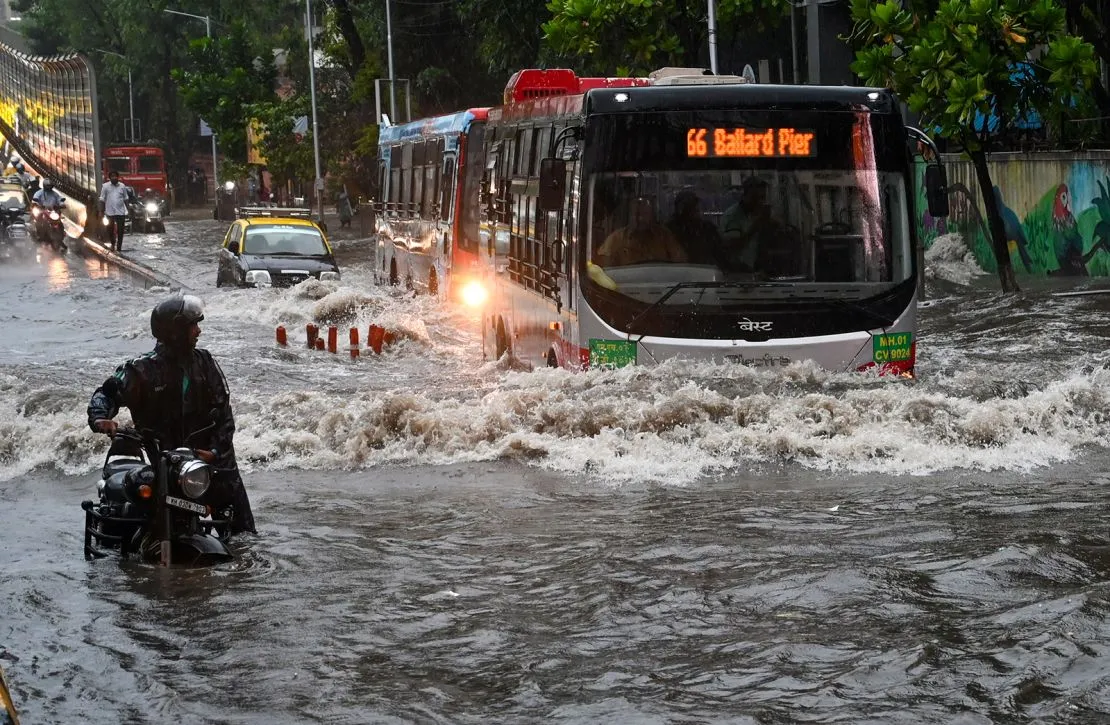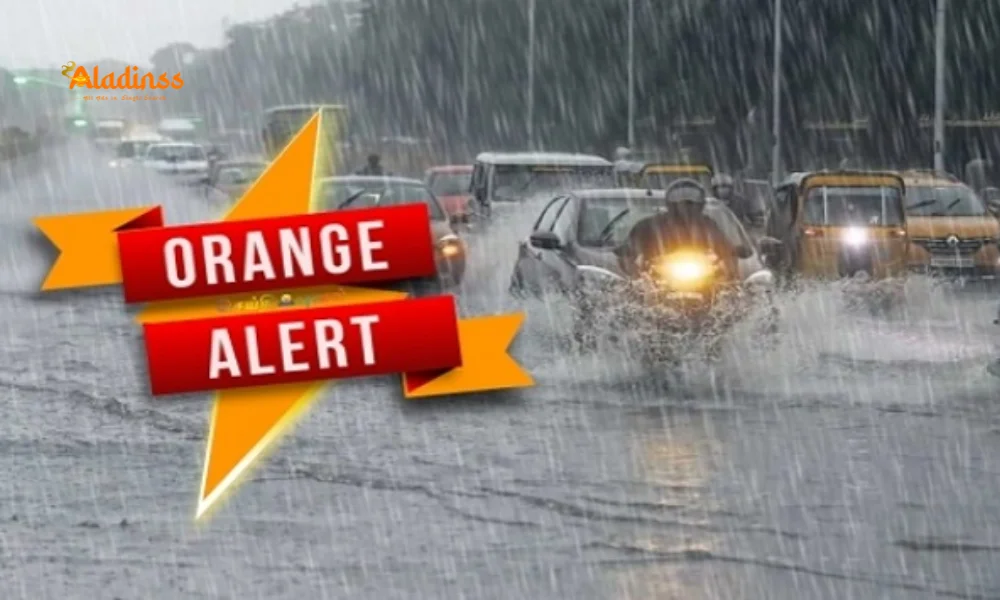Punjab, Himachal, Uttarakhand Under Red Alert for Monsoon Floods

Punjab, Himachal, Uttarakhand Face Red Alert Amid Monsoon Fury and Floods
Northern India is grappling with severe monsoon conditions as relentless rainfall has triggered widespread flooding and landslides across Punjab, Himachal Pradesh, and Uttarakhand. On September 1, 2025, the India Meteorological Department (IMD) issued a red alert for parts of these states, warning of extremely heavy rainfall, potential mudslides, and severe waterlogging in low-lying areas. The ongoing monsoon fury has caused significant loss of life, disrupted infrastructure, and displaced thousands, with rescue and relief operations in full swing to mitigate the crisis.
Himachal Pradesh: Over 300 Lives Lost
Himachal Pradesh has been one of the hardest-hit states, with over 300 deaths reported since the onset of the monsoon season due to rain-related incidents such as landslides, flash floods, and cloudbursts. On Monday, the death toll rose further with 16 fatalities reported in Chamba during the Manimahesh Yatra, a popular pilgrimage that was subsequently banned due to hazardous weather conditions. Over 15,000 devotees were left stranded, prompting urgent rescue operations. Additionally, three people lost their lives in Shimla after a landslide buried a house, underscoring the severity of the crisis.
The state’s infrastructure has suffered extensive damage, with 819 roads, including three national highways (NH-03, NH-05, and NH-305), blocked due to landslides and debris flows. According to reports, 253 roads in Chamba, 206 in Mandi, 175 in Kullu, and 61 in Kangra have been disrupted. Additionally, 1,236 electricity transformers and 424 water supply schemes are non-functional, severely impacting daily life. The IMD has issued a red alert for Una, Bilaspur, Solan, and Sirmaur, predicting heavy rainfall for the next three days, which could exacerbate the situation.
Uttarakhand: Critical 24-48 Hours Ahead
In Uttarakhand, Chief Minister Pushkar Singh Dhami has described the next 24-48 hours as "crucial" for the state’s disaster response efforts. The IMD has issued a red alert for Almora, Nainital, Udham Singh Nagar, and Champawat, with an orange warning for other districts, signaling the likelihood of heavy to very heavy rainfall. Authorities are relocating residents from flood-affected areas to safer zones, with the National Disaster Response Force (NDRF) and State Disaster Response Force (SDRF) on high alert.
Dhami emphasized the importance of vigilant monitoring, particularly of the Nanak Sagar Dam, which is currently flowing five feet below the danger level. "Our entire district administration, NDRF, SDRF, and all departments are on alert," he said, highlighting the state’s preparedness to tackle the worsening weather conditions. The heavy rainfall has already caused significant disruptions, with roads blocked and communities isolated in several districts, particularly in the hilly regions prone to landslides.
Punjab: Floods Prompt Closure of Educational Institutions
Punjab is facing severe flooding, particularly in districts like Pathankot, Gurdaspur, Hoshiarpur, Kapurthala, Amritsar, Ferozepur, Fazilka, Sangrur, Mansa, and Moga, where rainfall has been eight to nine times above normal this monsoon season. The overflow of the Sutlej, Beas, and Ravi rivers, fueled by heavy rainfall in their catchment areas in Himachal Pradesh and Jammu and Kashmir, has inundated villages and farmlands. The IMD has issued a red alert for Gurdaspur, Hoshiarpur, Kapurthala, Jalandhar, Patiala, and Nawashahr, with orange and yellow warnings for other districts.
In response to the escalating flood situation, Punjab’s Education Minister Harjot Singh Bains announced the closure of all colleges, universities, and educational institutions until September 3, 2025. "The responsibility for the well-being of students residing in hostels lies with the respective administrations. Everyone is requested to strictly follow the guidelines issued by local authorities," Bains stated in a post on X. The government has also extended school holidays in affected areas to ensure the safety of students and staff.

Relief and Rescue Operations in Full Swing
Relief efforts are underway across the affected states, with the Border Security Force (BSF) and other agencies distributing essential supplies such as drinking water, food, and shelter materials to flood-stricken families. In Punjab, emergency services are on high alert, with district officials closely monitoring the situation to respond to worsening conditions. The Indian Army, along with NDRF and SDRF teams, has been deployed to assist in rescue operations, particularly in areas where access is limited due to flooded roads and landslides.
In Himachal Pradesh, rescuers are bracing for more challenging conditions as the IMD predicts heavy rainfall for the next three days. The closure of major highways and rural link roads has isolated communities, making it difficult to deliver aid. In Uttarakhand, the focus is on relocating residents from low-lying areas and ensuring the safety of those in landslide-prone zones. The coordinated efforts of state and central agencies are critical to managing the crisis and minimizing further loss of life.
Monsoon Fury and Its Broader Impact
The ongoing monsoon season has brought unprecedented challenges to northern India, with Punjab, Himachal Pradesh, and Uttarakhand bearing the brunt of the deluge. The heavy rainfall, driven by a combination of monsoon surges and western disturbances, has led to swollen rivers, waterlogged urban areas, and widespread infrastructure damage. The situation is particularly dire in hilly areas, where mudslides and landslides pose a constant threat to life and property.
Experts attribute the intensity of this year’s monsoon to changing weather patterns, potentially exacerbated by climate change. The increased frequency of extreme weather events, such as cloudbursts and flash floods, has put additional pressure on disaster management systems. In Himachal Pradesh, the cumulative death toll since June 20, 2025, stands at 320, with 166 deaths caused by rain-related incidents and 154 due to road accidents, according to the State Disaster Management Authority (SDMA).
Challenges Ahead and Preparedness Measures
The IMD’s forecast of continued heavy rainfall over the next few days has put authorities on high alert. In Punjab, the overflow of rivers like the Sutlej, Beas, and Ravi has submerged large tracts of farmland, threatening agricultural livelihoods. In Himachal Pradesh, the disruption of water supply schemes and electricity transformers has left thousands without basic amenities, while in Uttarakhand, the risk of landslides remains a significant concern.
State governments are working closely with central agencies to coordinate relief efforts and restore normalcy. The deployment of additional NDRF and SDRF teams, along with the Indian Army, has bolstered rescue operations, but the scale of the disaster presents ongoing challenges. Authorities are urging residents to avoid travel, stay away from rivers and landslide-prone areas, and follow local guidelines to ensure their safety.
Comment / Reply From
No comments yet. Be the first to comment!











